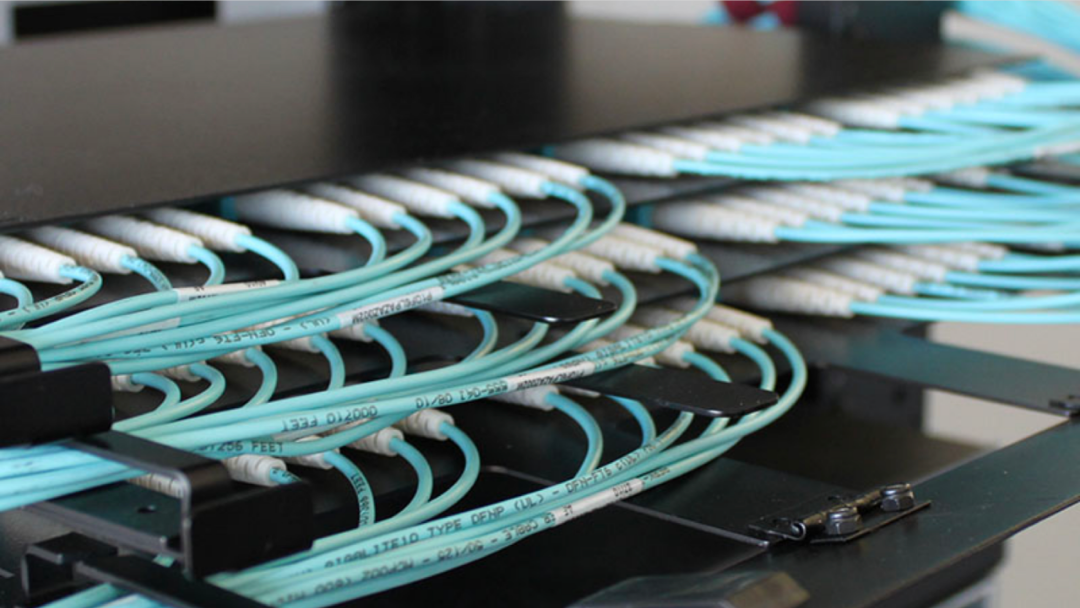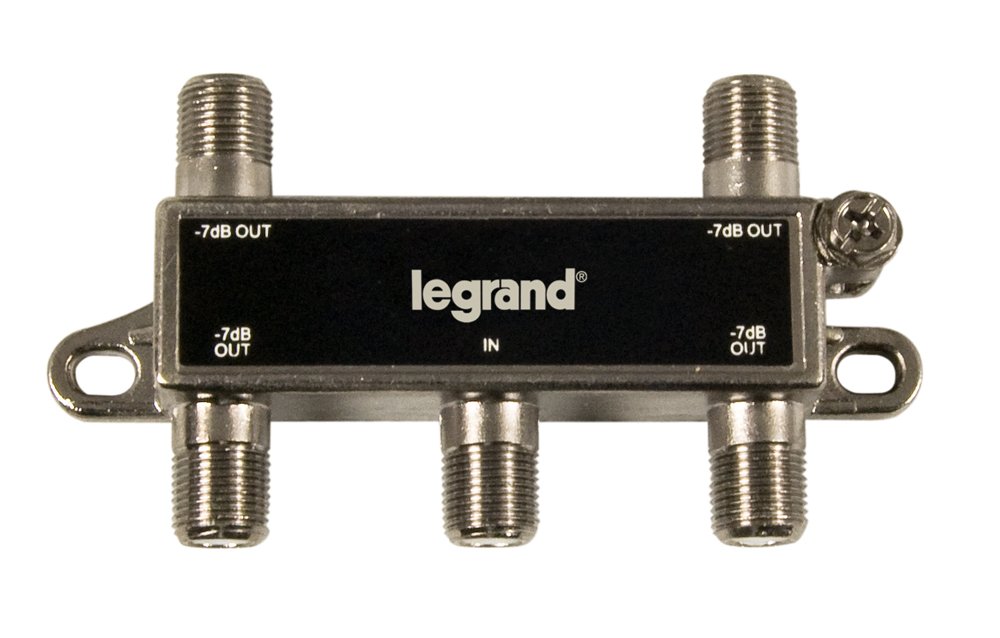Installing fiber optics in your home or workplace is a great way to boost your network’s overall speed and bandwidth. But installing them can be an issue for inexperienced installers. However, all you need is straightforward tips to install fiber optics smoothly and effectively. Here are handy tips to help install fiber optics the right way.
1) Proper Planning
Creating a good plan before laying your cables helps you to avoid mistakes. Whether installing fiber optics at home or your business, create a blueprint for the place and plan how to set up your cables.
Assess the route thoroughly to ensure your fiber optic cables are free from possible hazards. To avoid guesswork, develop a port map to guide you on where to lay and connect each cable.
A port map features the name of each port, patch panels, location of network cabinets, and additional hardware. Use the port map as a reference guide if there are network issues. You’ll quickly identify the node to be connected to each.
2) Test Your Fiber Optics
Test your fiber optic cables before and after installation to determine their quality and effectiveness. You don’t want to install faulty or substandard cables that will sabotage your work. Instead, use a continuity tracer to conduct a pre-installation test.
If all your fiber optics transmit light, you can proceed to installation. You can also use a visual fault locator to identify breaks in your fiber optic cables.
Conduct a post-installation test to ensure no issue arose during installation. If you detect anything abnormal, remedy the problem by repairing or replacing the damaged fiber optics.
3) Determine the Length of Fiber Optics Needed
How much cable is necessary for your home or workplace? When route planning, determine the cable length needed to get the job done. Having the correct measurements will help you avoid the frustrations of ordering less or too much.
Add a few measures to your cable to avoid making them tight. In most cases, installation routes are not linear. You will need to install your fiber optics in various directions, some you didn’t consider when creating your route plan.
Since you don’t want to reduce the effectiveness of your fiber optics, order an extra amount of cable to cater to the unexpected.
4) Avoid Bending or Twisting
Fiber optics are highly fragile and will break if mishandled. They are made of glass and are as thin as human hair. When installing, avoid bending or twisting your fiber optic cables. If you over bend or twist them, you will end up with broken fiber optics.
If you must bend your cables, consider the right bend radius. To be safe, don’t exceed the minimum bend radius. When installing your fiber optics, you can look for the best conduits that guarantee minor damage.
5) Don’t Mix Fiber Optics
There are two types of fiber optics, single-mode, and multimode fiber optics.
Single-mode fiber has a core size of 9µm, while the multimode fiber is 50µm or 62.5µm. Single-mode fiber and multimode fiber optics are incompatible. Even if you’re working with multimode fiber optics, you should not mix the 50µm and 62.5m fiber optic cables.
Mixing fiber optics will reduce their effectiveness or fail to work. Sometimes mixing of cables can lead to confusion. Make sure to bind the same fiber optics with cable ties for easy identification. Alternatively, use labels to mark different cords to avoid confusion.
6) Reduce the Distance
Installation distance affects the speed of signal and information transfer. While fiber optics will work on short, medium, or long distances, it’s best to run them the shortest distance possible.
There are two reasons you need to install your cables on short distances. First, it allows fast signal and information transfer.
Second, a short distance minimizes the pull length, reducing the chances of breaking your cables. If you must run your cable long distances, follow all instructions for fiber optics installation.
7) Avoid Pulling Too Hard
Excessive pulling is the primary cause of fiber optics breakage. Your fiber optics have specific tension capability and pull loads. During installation, monitor the cable’s tensile loading and avoid pulling too hard.
The idea is to lay your fiber optics by creating enough slack to avoid breakage. Use a load monitor to prevent damaging your fiber optics.
Avoid pulling the cable from bottom to top if you’re running the cables vertically. Such pulling is likely to apply an excessive load on the fiber optics. Instead, start from the top of the building and pull the fiber optic cable downwards.
8) Monitor Vertical Rise
When buying fiber optic cables, determine how you will use them. For example, some fiber optic cables are not suitable for vertical applications. And if you are to use your fiber optics vertically, they state their maximum vertical rise.
Vertical rise is the perpendicular distance you shouldn’t exceed when installing your fiber optics. If you must exceed the steep rise, be sure to use support. Exceeding maximum vertical rise creates high chances of fiber optic cable damage.
9) Use a Compatible Lubricant
Fiber optics are highly fragile, and when running long distances, there are high chances of breakage.
If you’re installing fiber optic cables on business structures, you can’t avoid running them longer distances and even bending them. Luckily, a lubricant can come in handy to reduce breakage due to snags or pulls.
Look for a lubricant compatible with the fiber optic cable jacket. Lubrication reduces pull load, thus minimizing the chances of breakage.
10) Support Your Fiber Optic Cables
Fiber optics can easily break if left hanging freely or subjected to tighter turns. Leaving them naked on the ground or walls can expose them to various hazards. Whether running your cables vertically or horizontally, use conduits for support.
Conduits will also protect your fiber optic cables against sharp edges and unnecessary stress. And when choosing conduits, avoid those with sharp edges and rough interiors. Instead, use flexible tubes with smooth interiors to reduce the chances of breaking your fiber optics.
Final Thoughts
As the network technology continues to evolve, be sure to update your network to enhance the performance of your electronic devices. The best way to boost your network speed is by installing fiber optics in your home or workplace. Avoid various installation mistakes and get the best network results with the above tips.
Last Updated on August 2, 2022 by Josh Mahan




